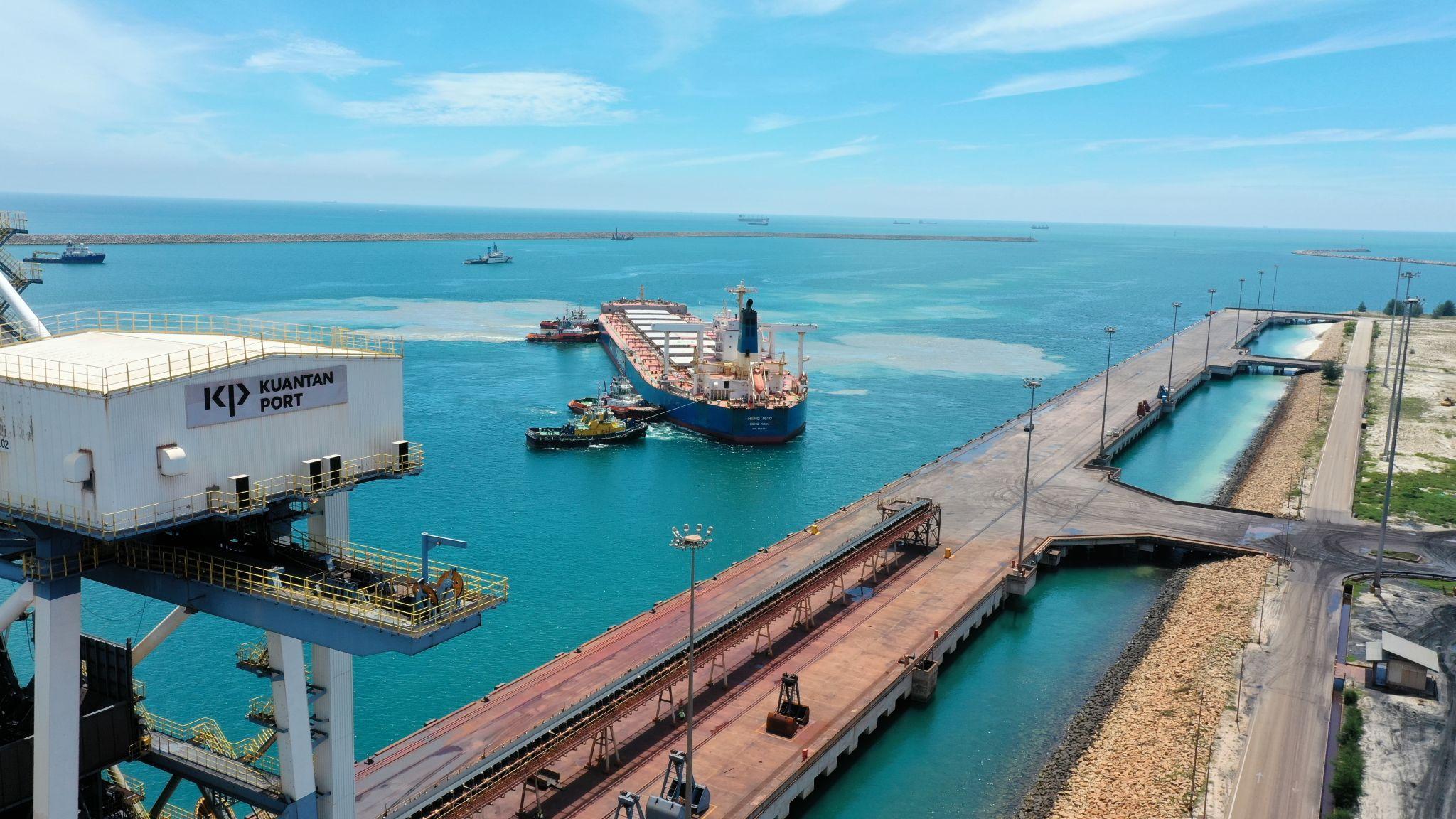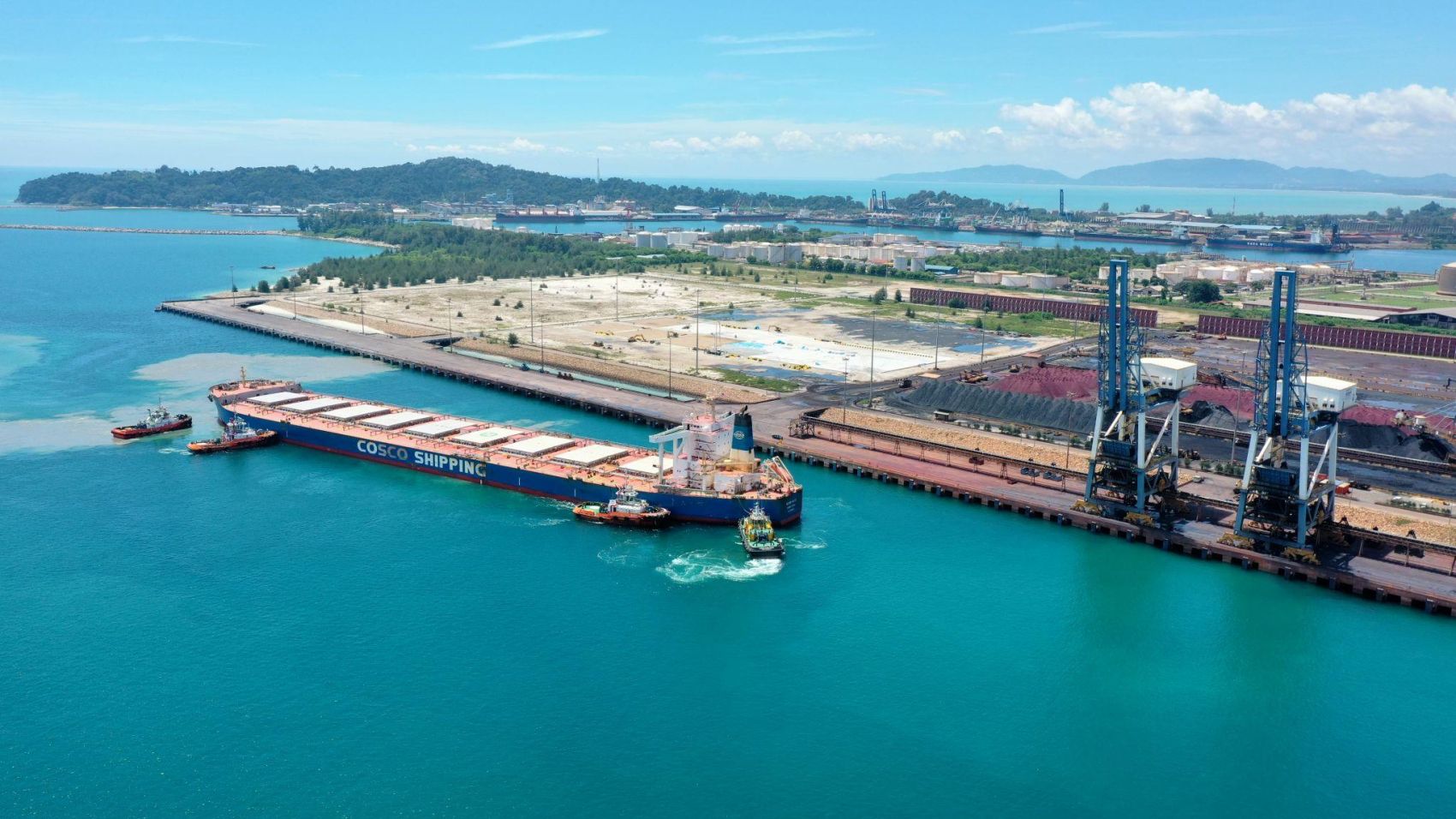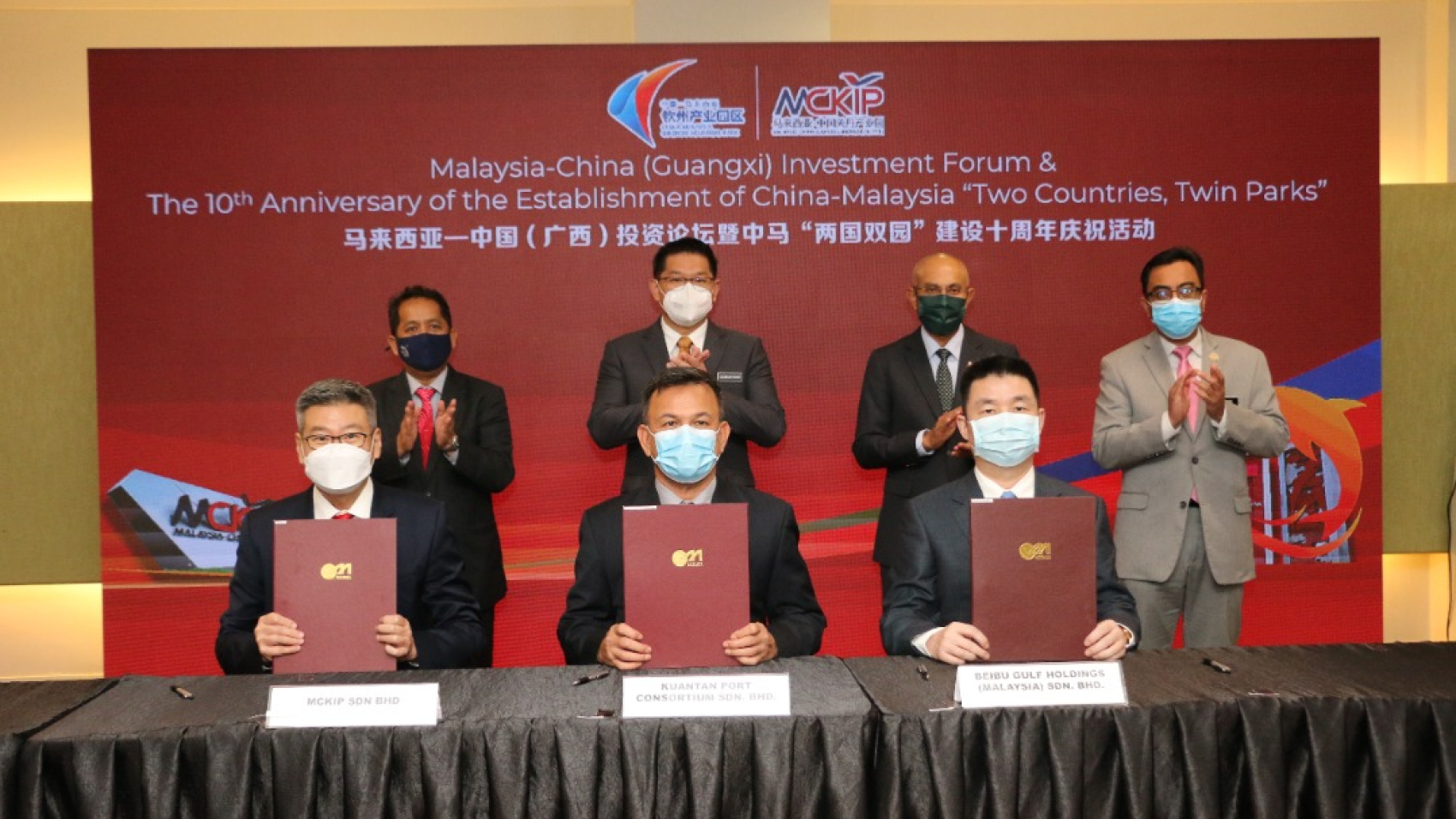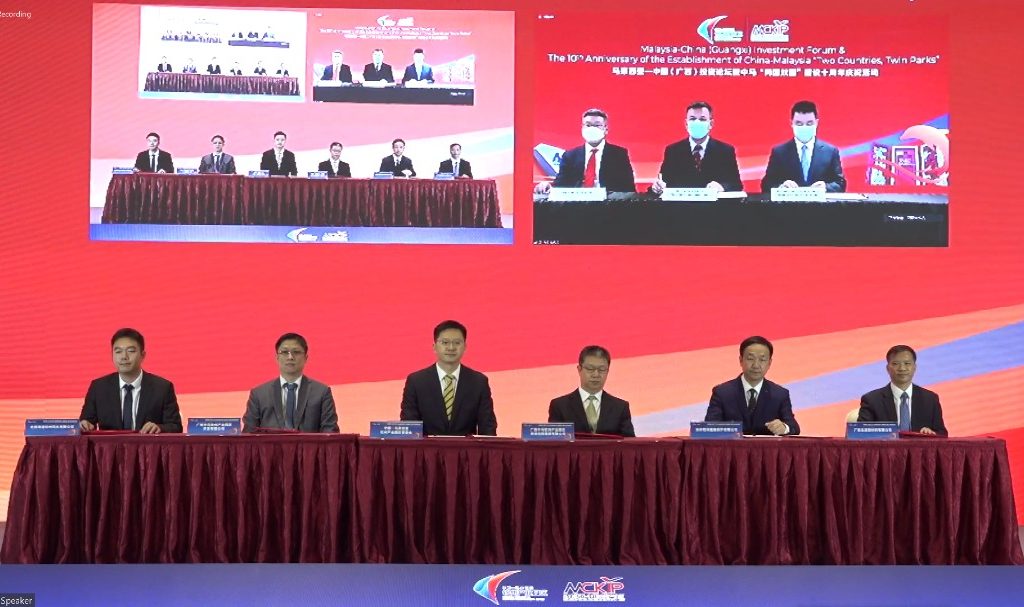After ten months of upgrading and refurbishing works, the 关丹港 historic structure was relaunched by the General Manager of Kuantan Port Authority, YH Dato’ Khairul Anuar Bin Abdul Rahman, together with Group Divisional Director, Logistics & Support Business of FGV Holdings Berhad, Mr Azman Ahmad and Chief Executive Officer of Kuantan Port, Mr Vino Kumar Selvabalakrishnan.
The berth was refurbished and renewed after more than 40 years of its operational period since 1981. It was a collaboration between Kuantan Port and FGV Holdings aiming to enhance the safety measures of the workers handling vessels at the berth.
Vino mentioned, “With the upgraded berth structure of more than RM12 million of investment by Kuantan Port and FGV, we hope that this important palm oil structure will continue to serve our clients for another 30 to 40 years from now. To achieve such projection pivotal regular maintenance and monitoring is essential to be done from time to time.”
As a port operator on the East Coast of Peninsular Malaysia, Kuantan Port is committed to supporting and generating the national economy from this palm oil terminal. This region has a high potential to pioneer the logistics and port infrastructure apart from creating realistic investments and positively contributing to the community on the east coast.









